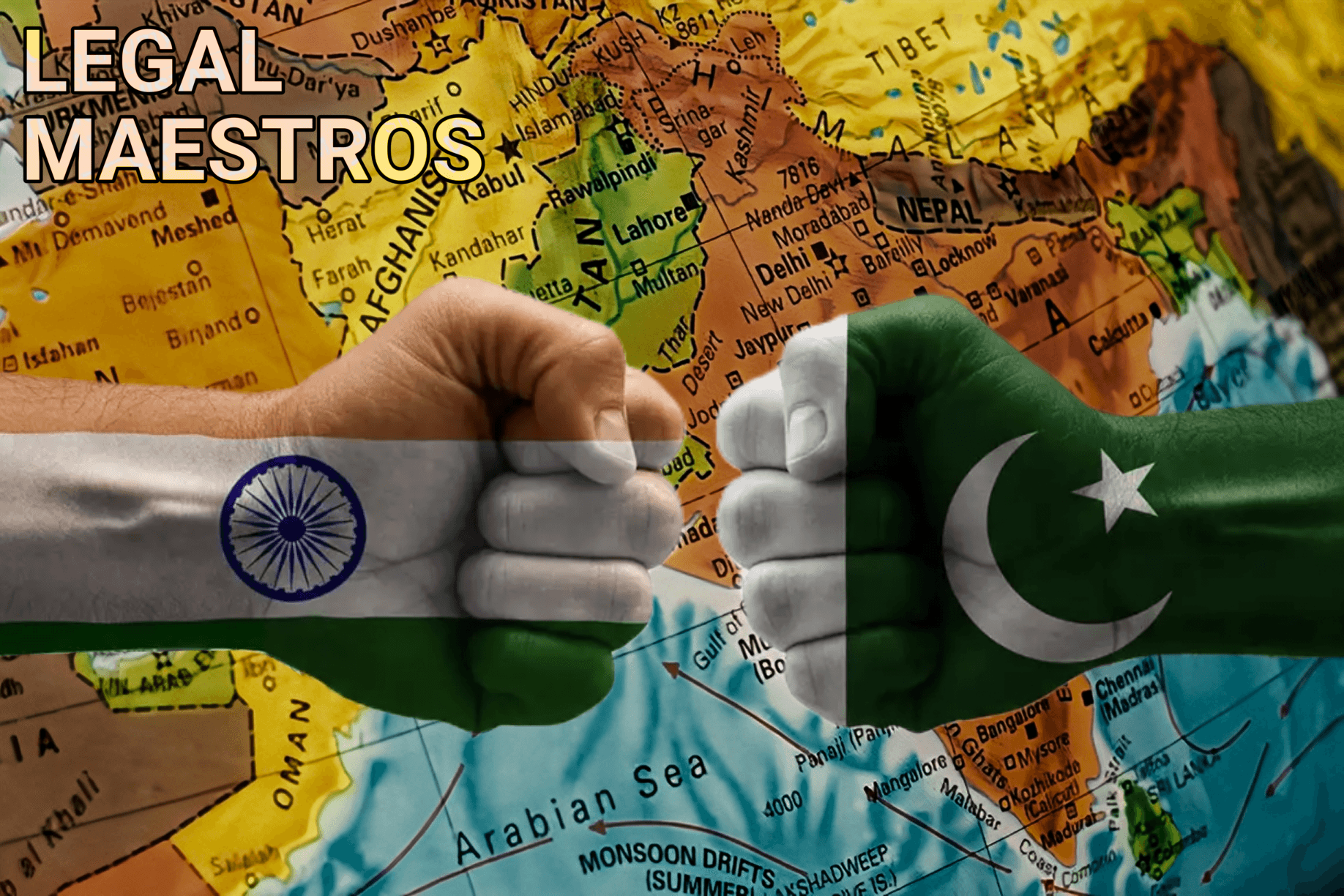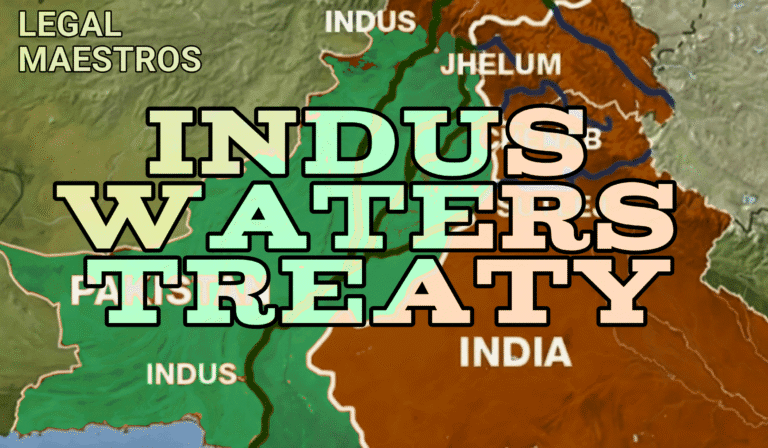
From their first conflict in 1947, India and Pakistan have gone through several cease-fires. Maintaining peace between the two nuclear-armed neighbors depends critically on these cease-fires. Still, their transgressions and lack of trust can provide difficulties.
By means of international legal conventions, one can get understanding of these cease-fires and their areas for development.
Background Information Historical
Established by the Karachi Agreement in 1949, the first significant ceasefire between India and Pakistan Under direction from the United Nations Commission for India and Pakistan (UNCIP), this agreement defined a ceasefire line in Jammu and Kashmir under UN observation.
Signed in 1972 following the Bangladesh Liberation War, the Shimla Agreement This pact underlined bilateral resolution of problems and turned the ceasefire line into the Line of Control (LoC).
Both nations decided in 2003 to call a ceasefire across the International Border and the LoC. Nevertheless, this knowledge was not established in a written document, which resulted in uncertainty about its use.
Globally Legal Norms and Ceasefires
Mostly by means of United Nations Security Council resolutions, international law offers structures for ceasefires.
For the Kashmir war, for example, Resolution 47 in 1948 advised actions for India and Pakistan to bring about peace and arrange a referendum.
Another such is Resolution 339 in 1973, which urged parties to begin negotiations and asked for a ceasefire during the Yom Kippur War.
These resolutions underline in ceasefire agreements the need of precise language, mutual consent, and international oversight.
Obstacles in India-Pakistan Ceasefires
Even with several cease-fires, breaches are rather common. Particularly in relation to the 2003 ceasefire, the absence of a formal, documented agreement results in different interpretations and charges of violations.
Furthermore aggravating mistrust are political conflicts, cross-border terrorism, and events like the most recent militant attack in Kashmir.
De-escalation is facilitated in part by international mediation, including the recent U.S.-brokered truce. Still, the longevity of such cease-fires depends on underlying problems being addressed.
Comparative Study: Additional Foreign Ceasesfires
Examining other international cease-fires can teach us things:
Kosovo Conflict: Emphasizing the repatriation of refugees and respect of human rights, UN Security Council Resolution 1199 in 1998 requested an end to hostilities.
The Yom Kippur War: Resolution 338 demanded a truce and negotiations, which produced later agreements and peace initiatives.
Agreement of Luanda: Signing this pact to bring peace in 2002, Uganda and the Democratic Republic of Congo demonstrated the value of regional collaboration.
These illustrations highlight the need of official agreements, global monitoring, and resolving underlying issues for long-term peace.
Advice on enhancing cease-fires
To maximize the results of cease-fires between India and Pakistan:
Formalistic: Writing a thorough, written ceasefire agreement will help to clarify expectations and minimize uncertainty.
Overseas Supervisor: Including neutral observers such as UNMOGIP will enable one to track compliance and look at infractions.
Measures for Confidence Building: Trust can be developed by initiatives like people-to—-person contacts, communication hotlines, and collaborative military operations.
Dealing with fundamental problems: Long-term peace depends on open communication addressing the Kashmir conflict and counter-terrorism worries.
Although regional stability depends on cease-fires between India and Pakistan, violations and lack of trust complicate matters.
Both nations can strive toward enduring peace by following international legal conventions, formalizing agreements, and tackling fundamental problems.
Involving foreign processes and learning from worldwide models can help to improve these initiatives even more.







1 thought on “Understanding India-Pakistan Ceasefires Through the Lens of International Legal Norms ”